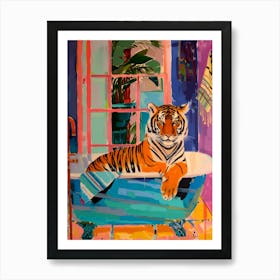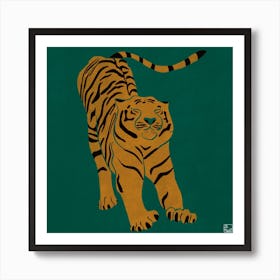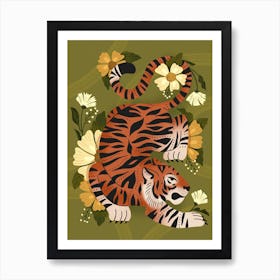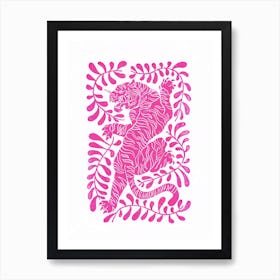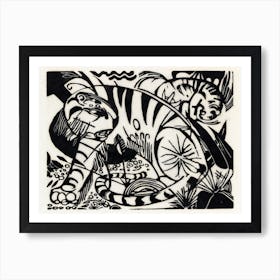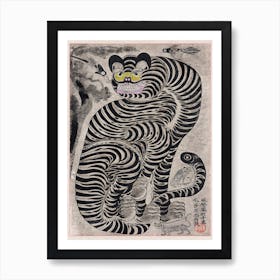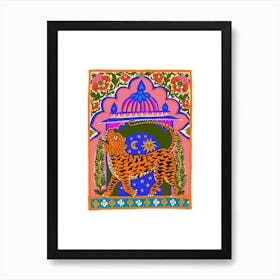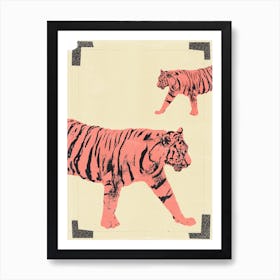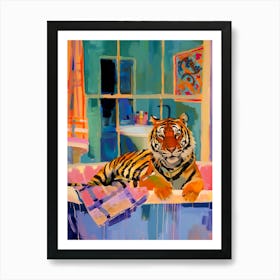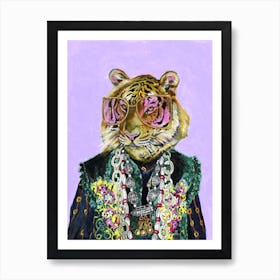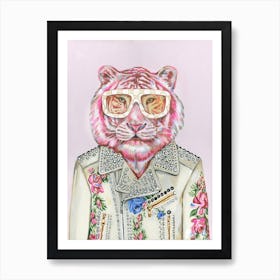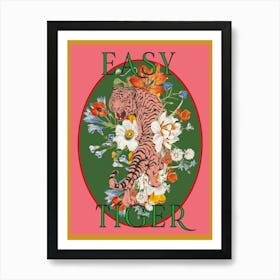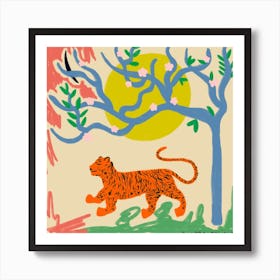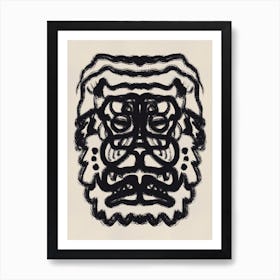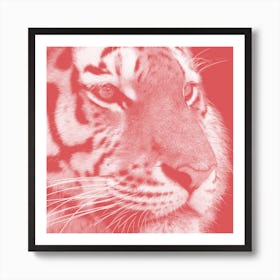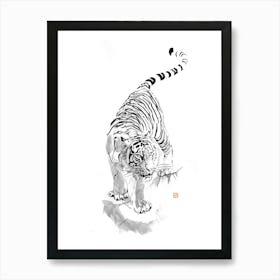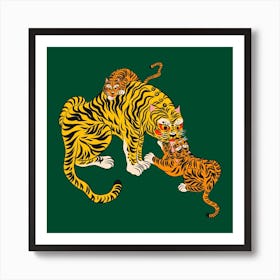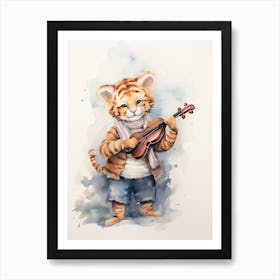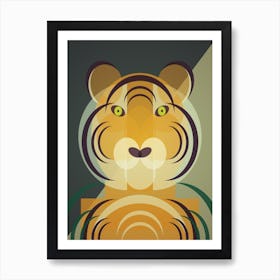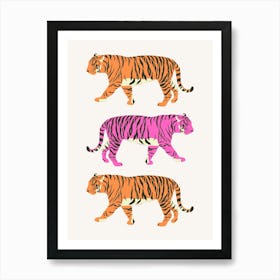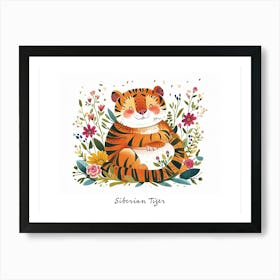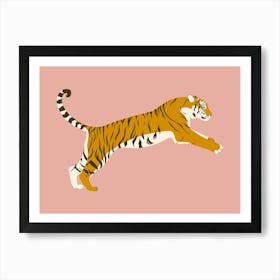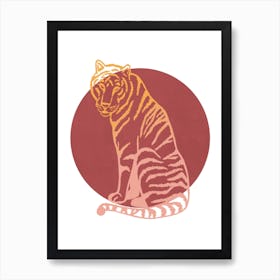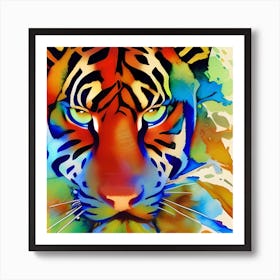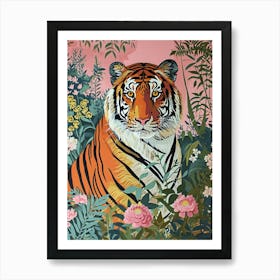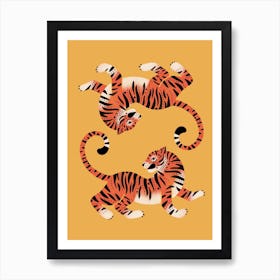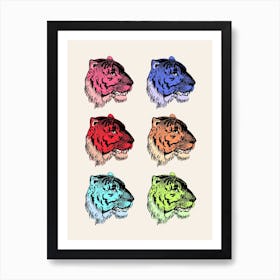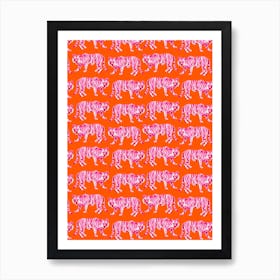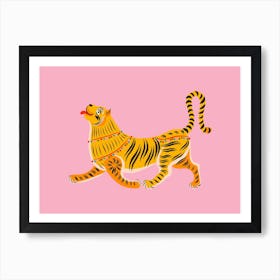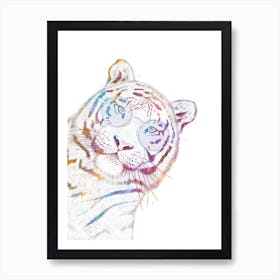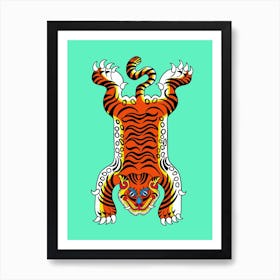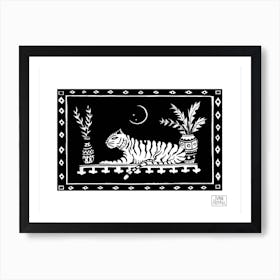Tiger Art Prints and Posters
Wall Decor to Make You Roar!
Hey all you cool cats and kittens! Seems like these majestic felines are on the tips of everyone’s tongue these days so get your paws on some gorgeous artworks and adorn your space with tiger prints.
A partire da €21€16
A partire da €23€17
A partire da €21€16
A partire da €46€34
A partire da €19€14
A partire da €21€16
A partire da €21€16
A partire da €21€16
A partire da €21€16
A partire da €21€16
A partire da €21€16
A partire da €21€16
A partire da €21€16
A partire da €21€16
A partire da €19€14
A partire da €24€18
A partire da €22€16
A partire da €21€16
A partire da €19€14
A partire da €21€16
A partire da €23€17
A partire da €23€17
A partire da €21€16
A partire da €21€16
A partire da €21€16
A partire da €21€16
A partire da €21€16
A partire da €21€16
A partire da €21€16
A partire da €23€17
A partire da €46€34
A partire da €21€16
A partire da €24€18
A partire da €21€16
A partire da €39€29
A partire da €46€34
A partire da €21€16
A partire da €19€14
A partire da €19€14
A partire da €19€14
A partire da €46€34
A partire da €19€14
A partire da €21€16
A partire da €19€14
A partire da €21€16
A partire da €19€14
A partire da €23€17
A partire da €19€14
A partire da €24€18
A partire da €22€16
A partire da €23€17
A partire da €19€14
A partire da €19€14
A partire da €19€14
A partire da €19€14
A partire da €19€14
A partire da €19€14
A partire da €19€14
A partire da €46€34
A partire da €19€14
A partire da €24€18
A partire da €21€16
A partire da €22€16
A partire da €22€16
A partire da €19€14
A partire da €19€14
A partire da €39€29
A partire da €23€17
A partire da €29€22
A partire da €19€14
A partire da €19€14
A partire da €15€11
A partire da €19€14
A partire da €46€34
A partire da €21€16
A partire da €19€14
A partire da €19€14
A partire da €24€18
A partire da €22€16
A partire da €19€14
A partire da €19€14
A partire da €19€14
A partire da €19€14
A partire da €21€16
A partire da €21€16
A partire da €19€14
A partire da €19€14
A partire da €19€14
A partire da €19€14
A partire da €19€14
A partire da €21€16
A partire da €19€14
A partire da €22€16
A partire da €21€16
A partire da €39€29
A partire da €19€14
A partire da €46€34
A partire da €21€16
A partire da €19€14
A partire da €21€16
Cerchi qualcosa di diverso?
Frequently asked questions
Popular shops
Wall Art Prints & PostersArt PrintsBedroom Wall ArtKitchen Wall ArtLiving Room Wall ArtAbstract Wall ArtWilliam Morris Art Prints & PostersAnimal Wall ArtArt Deco Posters & PrintsNature Art Prints and PostersBathroom Wall ArtPlants Wall ArtArt Prints By RoomDining Room Wall ArtHallway Wall ArtGym Wall ArtGustav Klimt Art Prints & PostersHenri Matisse PrintsClaude Monet Art Prints & PostersPaul Klee Art Prints & Posters

